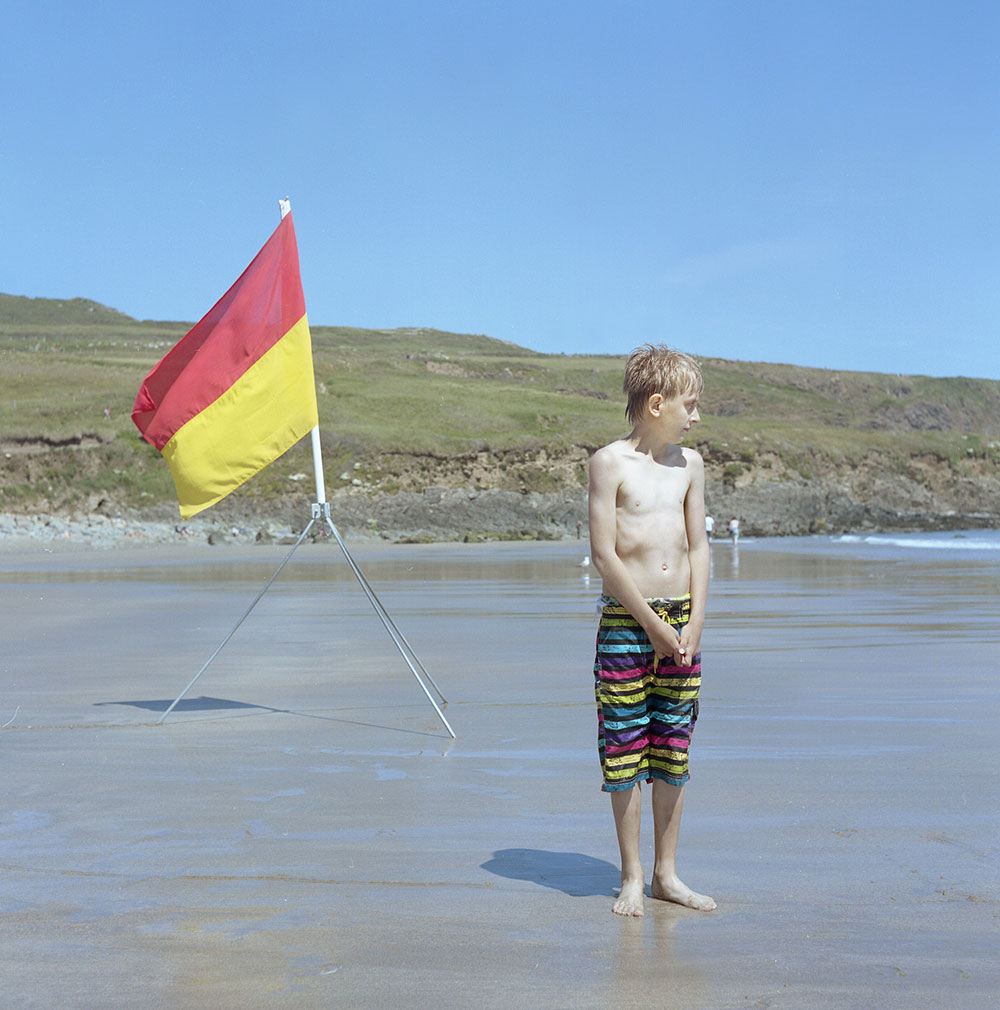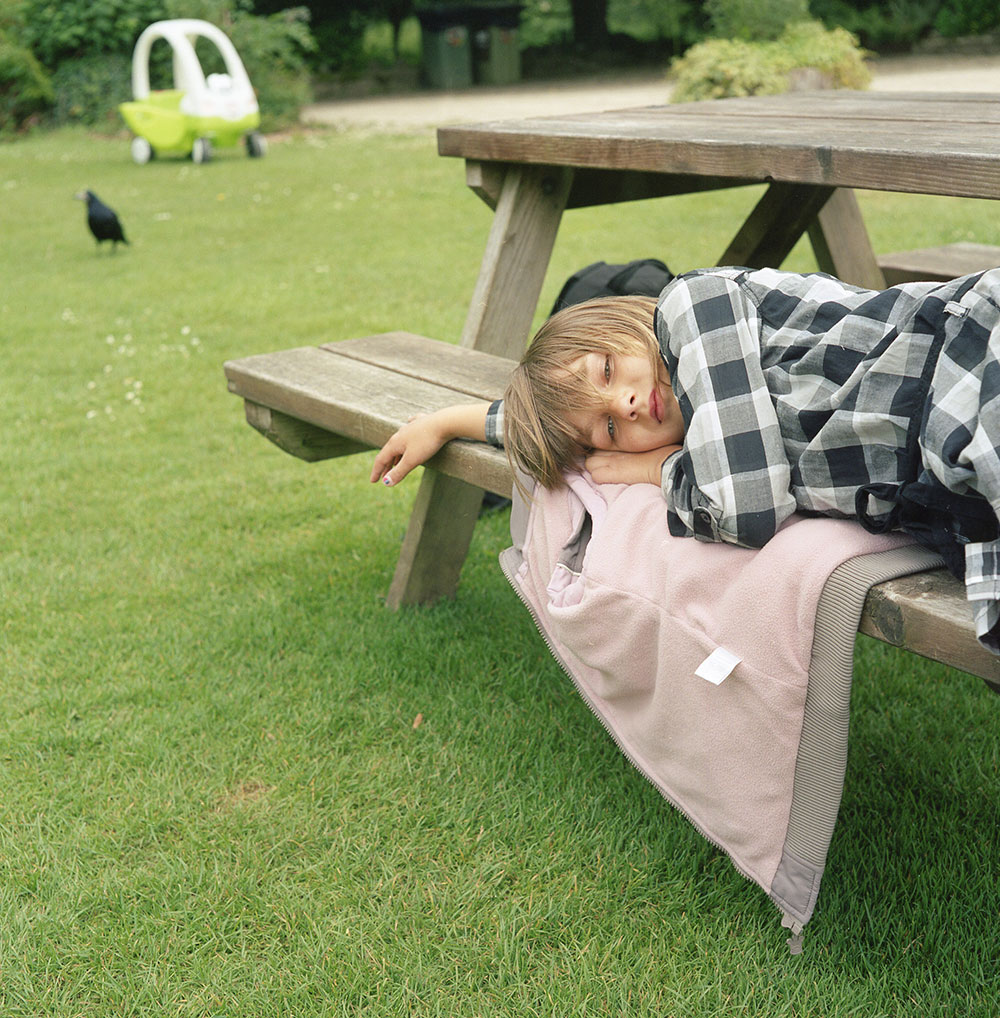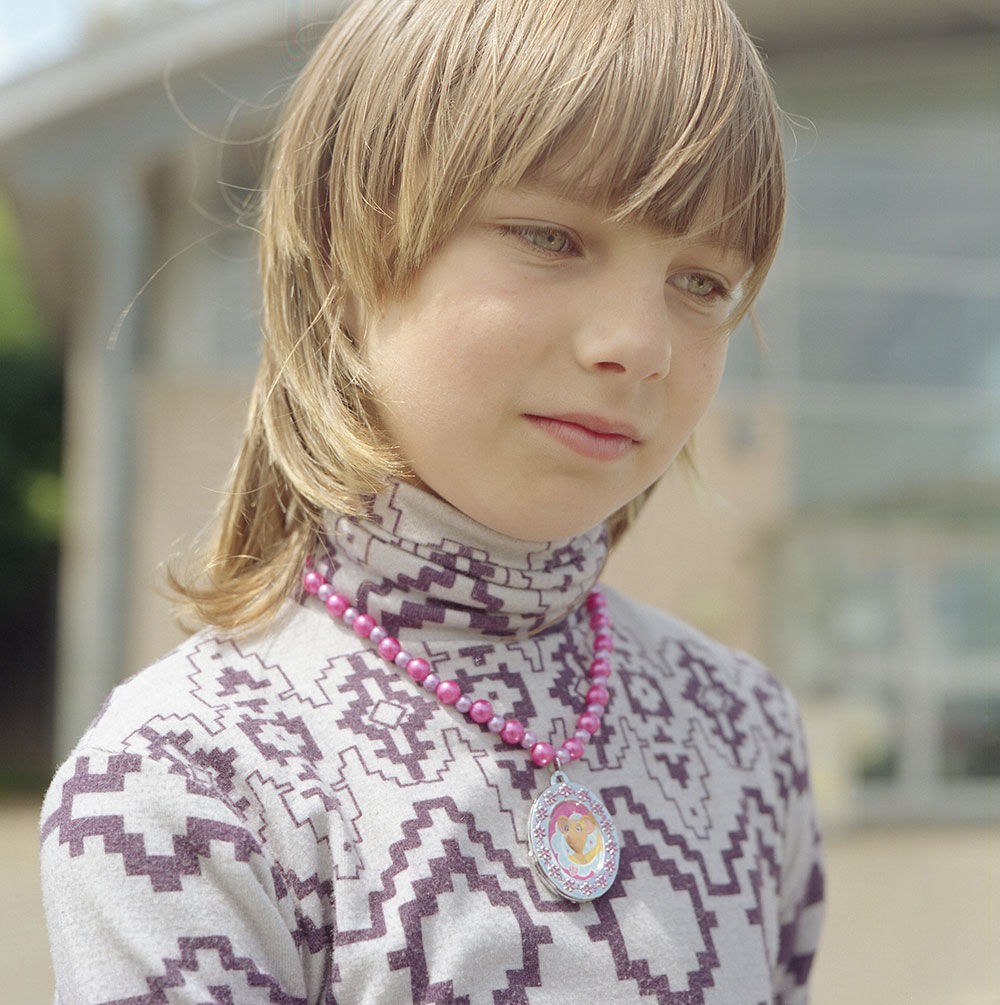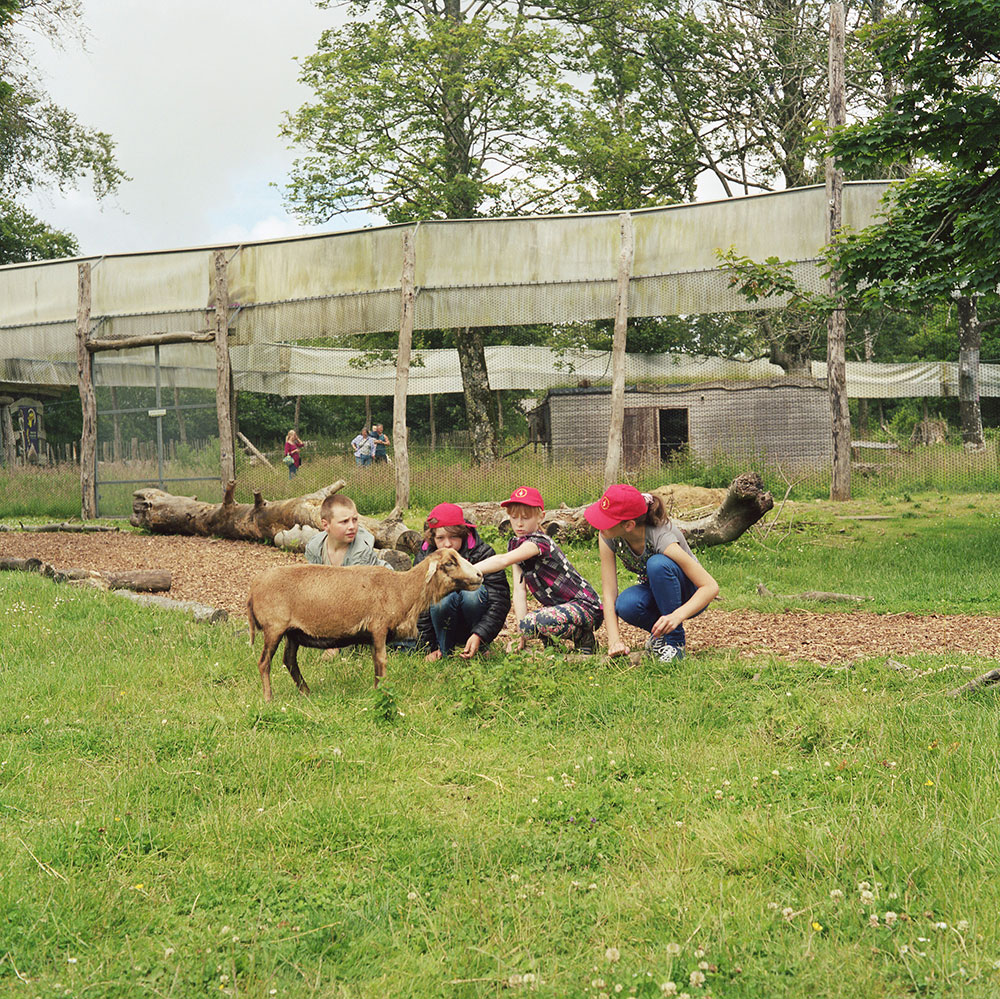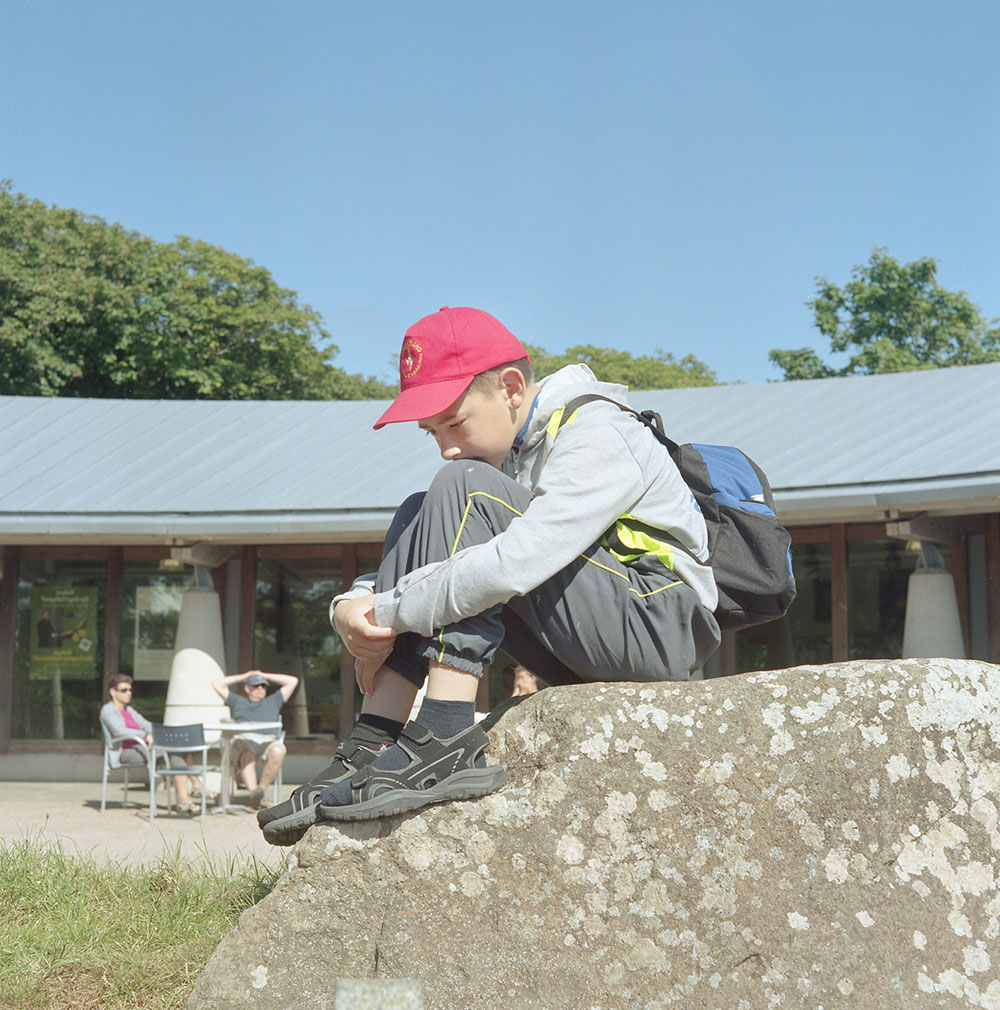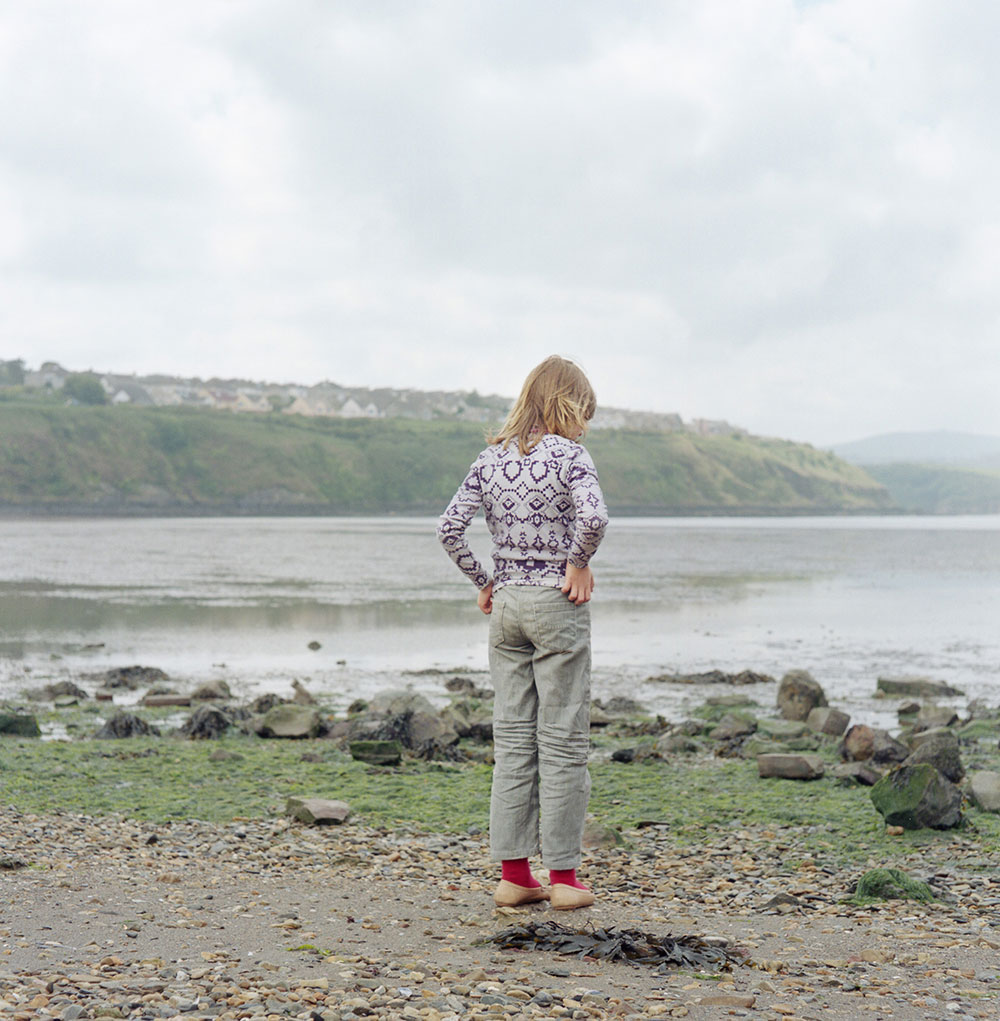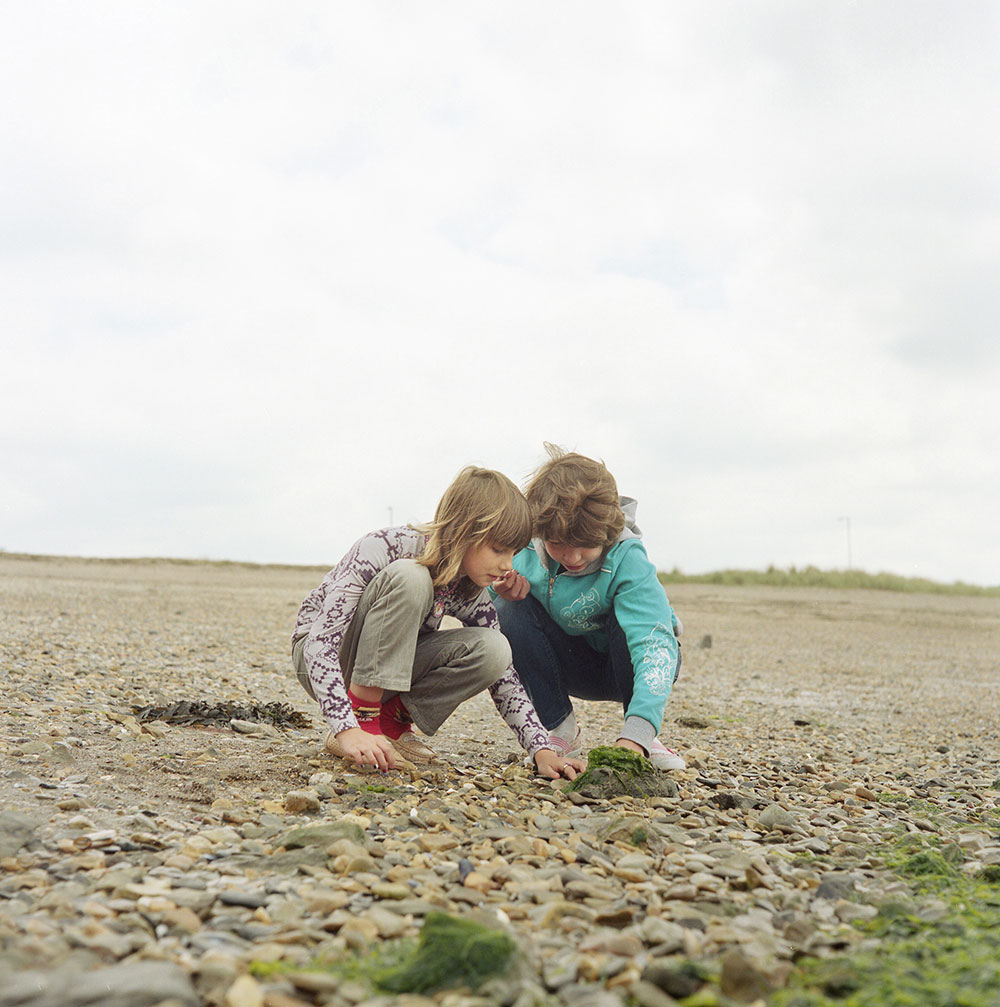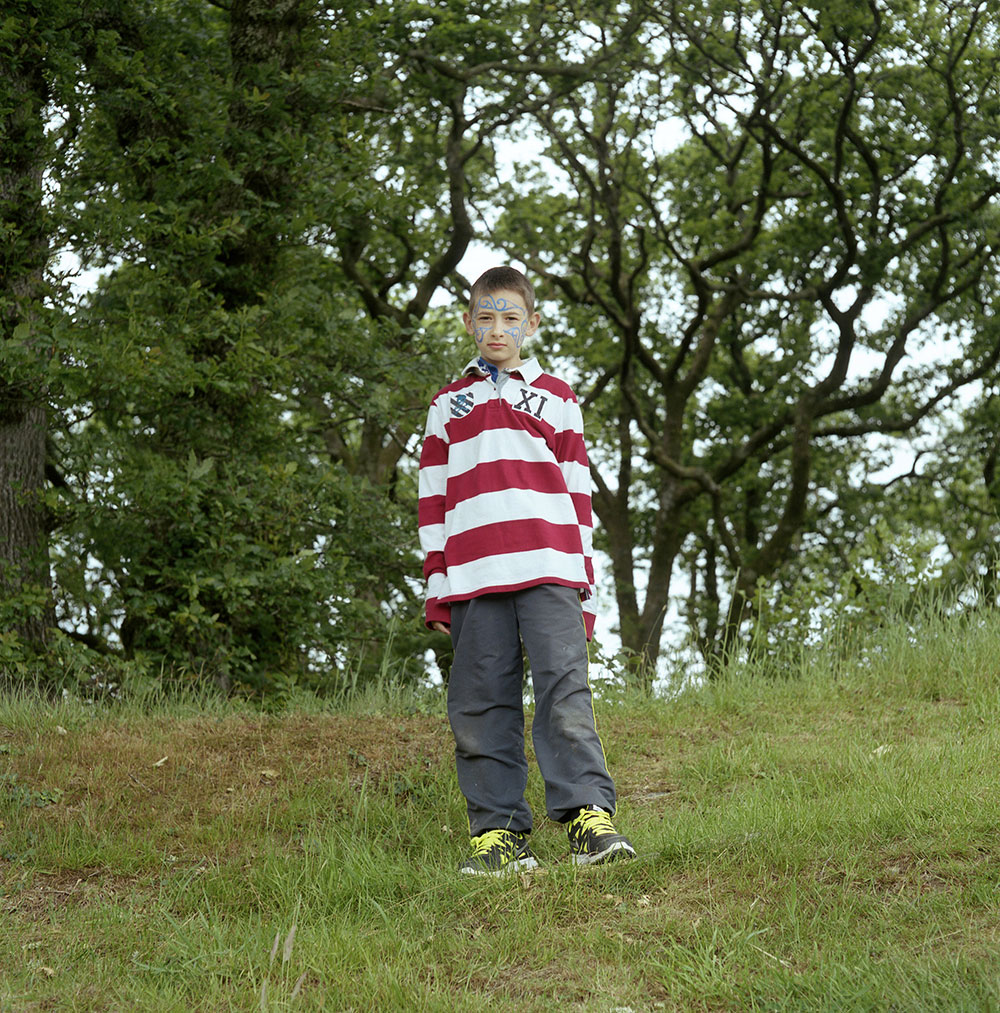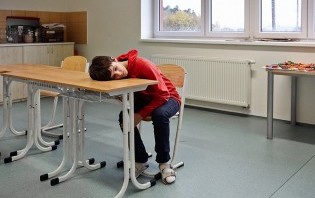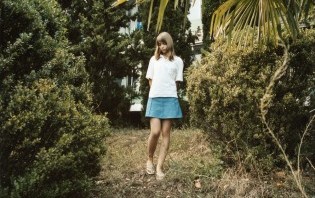Some historical disasters may not be as distant as they seem, and the Chernobyl meltdown is one example: it still impacts on people’s lives today, most dramatically on those who hadn’t even been born when it happened. Mark Griffiths’ project The Healing Land is an intimate documentation of what’s it like to spend your childhood under the invisible spell of a catastrophe.
Based in Wales, Griffiths found out about Chernobyl Children’s Life Line when he was sent to photograph their spokesperson for a local paper. The charity brings Belarusian children from contaminated areas to Wales for a much-needed holiday in the great outdoors. Griffiths stayed with the charity for a month in Pembrokeshire on Wales’ west coast documenting the experience of eight children.
When the disaster struck in 1986, Belarus was most affected by the accident: 99 per cent of Belarusian land was contaminated above internationally accepted levels as a result of the disaster. “The people of Belarus are very self-sufficient, they grow their own crops and vegetables, farm livestock and source water from nearby lakes and reservoirs. With 70 per cent of contamination coming from food and water, the poisoned earth continues to infect those that depend on it,” explains Griffiths. “An astonishing 85 percent of Belarusian children are deemed to be Chernobyl victims: they carry ‘genetic markers’ that could affect their health at any time and can be passed on to the next generation — a vicious cycle that could unfortunately continue for hundreds if not thousands of years.”
“The government of Belarus and Ukraine established that all affected children should leave the contaminated regions for at least one month every year to go abroad. They believed the fresh air and uncontaminated food would give the children a vital boost to their immune system,” he continues. “The Chernobyl Children’s Life Line was founded to help affected children receive the recuperation they so vitally need. The charity carried out scientific research to determine whether a clean environment would benefit those affected. Their survey of 4,000 children determined that the radioactive elements in a child dropped by an average of 68 per cent after a four-week visit to the UK.”
The photographer captured their small everyday discoveries and the excitement they felt exploring the strange and beautiful land. “This was the first time the children had left Belarus and Pembrokeshire was a world apart from their usual surroundings. I remember one of the girls, Sabina, staring for at least ten minutes at the Atlantic Ocean with a look of bewilderment etched across her face. Neither she nor any of the other children had ever seen the sea before; it must have been a surreal experience, perhaps one they had read or even dreamed about,” says Griffiths. “The green rolling Preseli mountains of North Pembrokeshire and the white sandy beaches with turquoise water in the south were an obvious pleasant surprise to them. You don’t need to speak Belarusian to sense their excitement, it was written all over their faces. At first they seemed very cautious of their new habitat, gently touching flowers, sand or animals they had never encountered before or slowly dipping their toes into the sea. After a week or so they seemed to embrace the new environment, you could see a real change in their health and attitude especially towards the end of their visit.”
The photographer soon grew fond of his new friends, even without a common language: “I tried to distance myself from the children because I have a habit of becoming too attached to my subjects. After the fifth or sixth visit however this was virtually impossible for me and I developed a very strong bond with most of the children. For me what was significantly different about these children is their complete selflessness and generosity to others… They would offer to carry my camera equipment or donate the food they had been given. I found this really touching and not the values you normally see from a 10-year-old.”
“It was a very emotional time for both myself and the children when they departed and I think about them regularly and what the future holds for them,” Griffiths adds. “My aim now is to secure funding and visit the children I have photographed in Belarus to see what life is like on the flipside of the coin.”
Photography: Mark Griffiths
Interview: Anastasiia Fedorova
